- Home
- Residential
- Blog
- How to be a successful plant parent
[Post Date]
How to be a successful plant parent
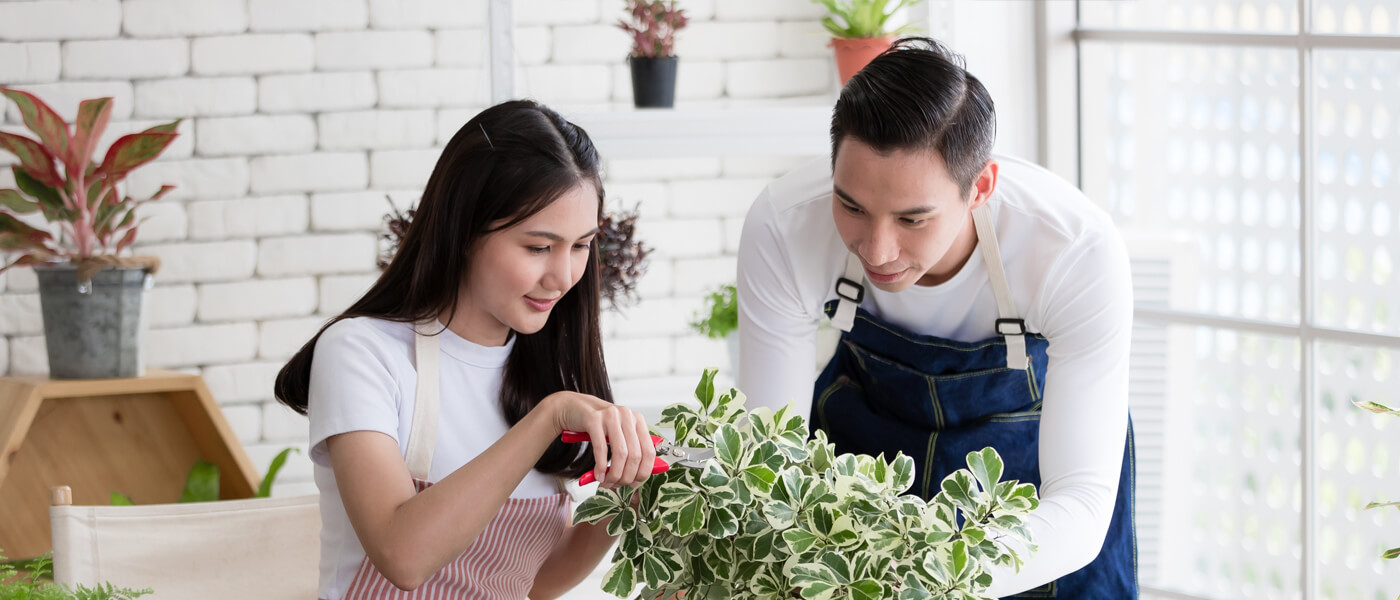
House plants are a great addition to any home – and they come with many benefits ranging from improving the air quality of your room to being a mood booster and even improving your wellbeing. A pot of monstera or a spider plant would make a great décor piece, breathing life into the corners within any home with their perky green leaves.
Despite these benefits, many might think they do not have a green thumb and would still choose to go without having any plants at home. Don’t be discouraged if you had a bad experience at your first attempt of growing a house plant. To help you on your journey to be a successful plant parent without the unnecessary struggle, here are some tips to help you succeed the smart way, not the hard way.
1. How many golden hours do you get?
Before anything else, draw your curtains wide open and figure out exactly how many hours of sunlight your room of choice normally gets as this is crucial in deciding what type of house plant to buy. Some plants can survive on less than two hours of sunlight a day, while some need up to eight hours of light.
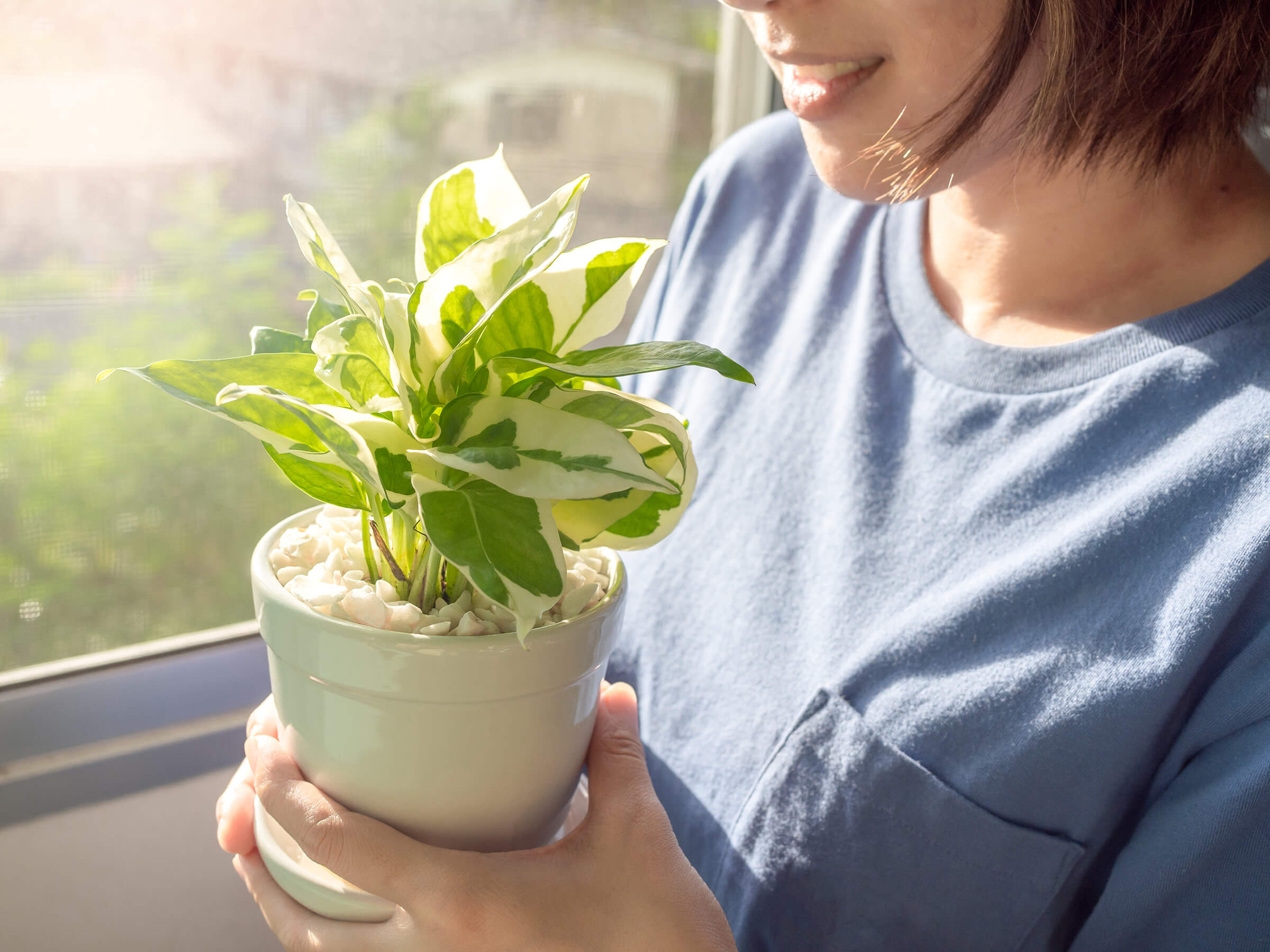
If you spot some brown ends on the leaf of a plant, that could be a sign of scorching, which happens when there is too much sunlight and not enough water. The direction of your window would also give you an indication of how many hours of sunlight you will be getting and how strong the sunlight would be. In the same way we all have different preferences, your plants and your environment would have to be a great fit for each other so that it can thrive in your home.
2. The watering trick they don’t tell you about
Too much of a good thing can be bad, and the same goes for watering your plants. It is a common misconception that all plants need as much water as they can get. Each species of plants has their own watering needs, and many plant-health related issues start from overwatering.
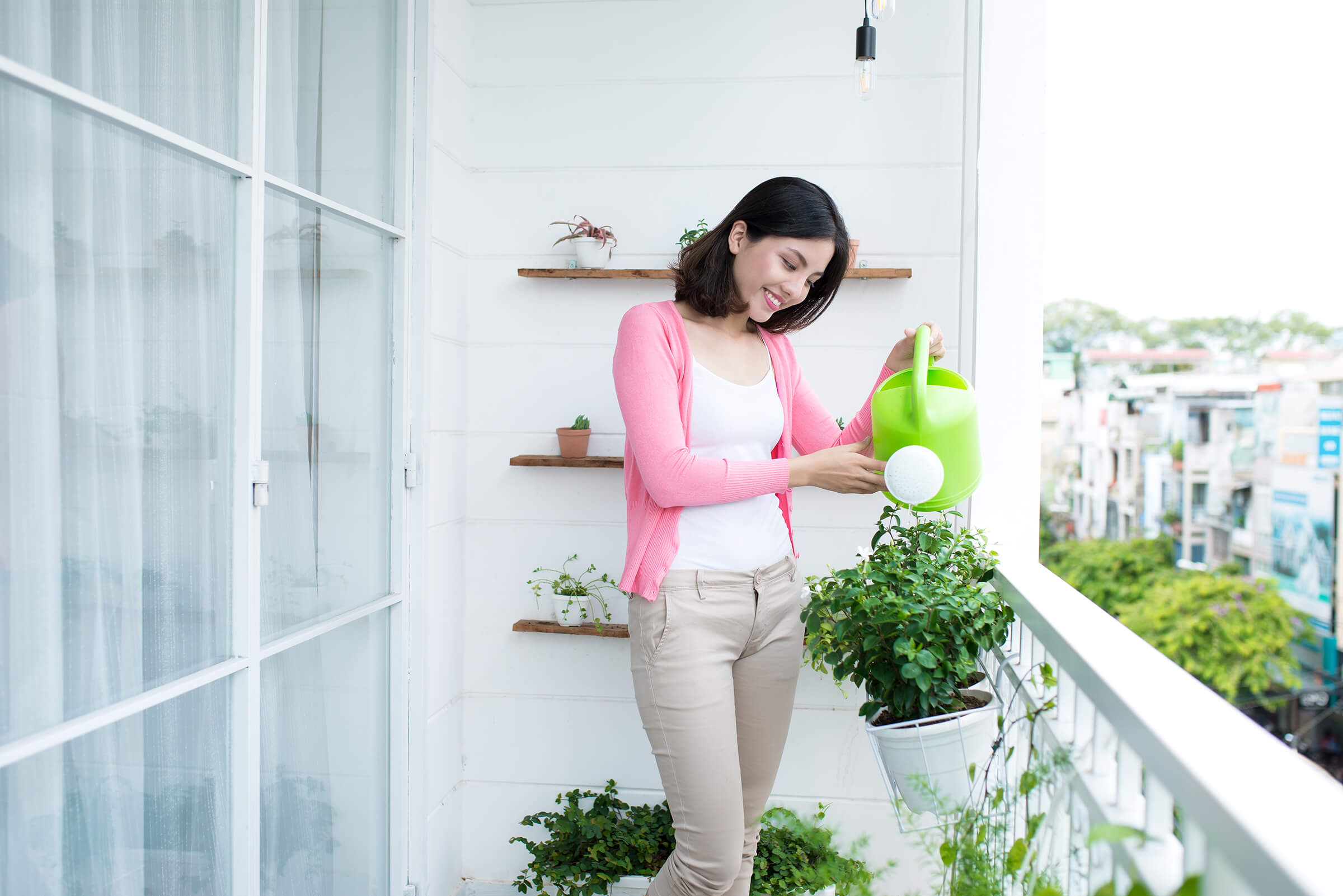
Not well known to most people, the term ‘overwatering’ does not refer to the quantity of water. In fact, it is important to water the plant to the point of saturating the soil. ‘Overwatering’ actually refers to watering too many times, and depending on the plant, the appropriate number of times can range from once a day to once a month. With the right plant, you can enjoy bright green leaves while watering at a frequency that suits you.
3. Keeping away the pesky pests and other plant health problems
The health of your house plants can be severely impacted by house pests and fungi, which could be using your plant as a home, or source of food and nutrients. There are many different types of these pesky little fellas, but luckily, there are simple ways to prevent infestation:
- Isolate new plants from the rest for at least a month before putting them together. In this time, check the new plant to see if there are any bugs
- Wipe down a planter whenever you re-pot a plant
- Remove dead leaves and foliage
- Wipe your plants down occasionally with a soft cloth and lukewarm, non-toxic soap water
- Make use of a common household product to create your own natural fungicide (we found baking soda to work wonders for our plants)
Selecting your first house plants
We know the above may sound daunting and like a lot of work, but once you get the hang of it, you will be rewarded with healthy and happy plants that will brighten your home and improve your mood. To get you started, here is a list of low maintenance plants that you can consider having at home.
- Snake plant
Snake plants are a fan favourite, because of how low maintenance they are. They require very little watering, and they do well in most conditions. Their strong green leaves feature interesting snake-like patterns, which makes every plant different from the next. Talk about a unique indoor plant! They are resistant to most pest problems, and research has shown that they have air purifying effects as well. If you are looking for a beginner plant that is beginner-friendly and easy to maintain, look no further than to explore having a snake plant as part of your starting collection.
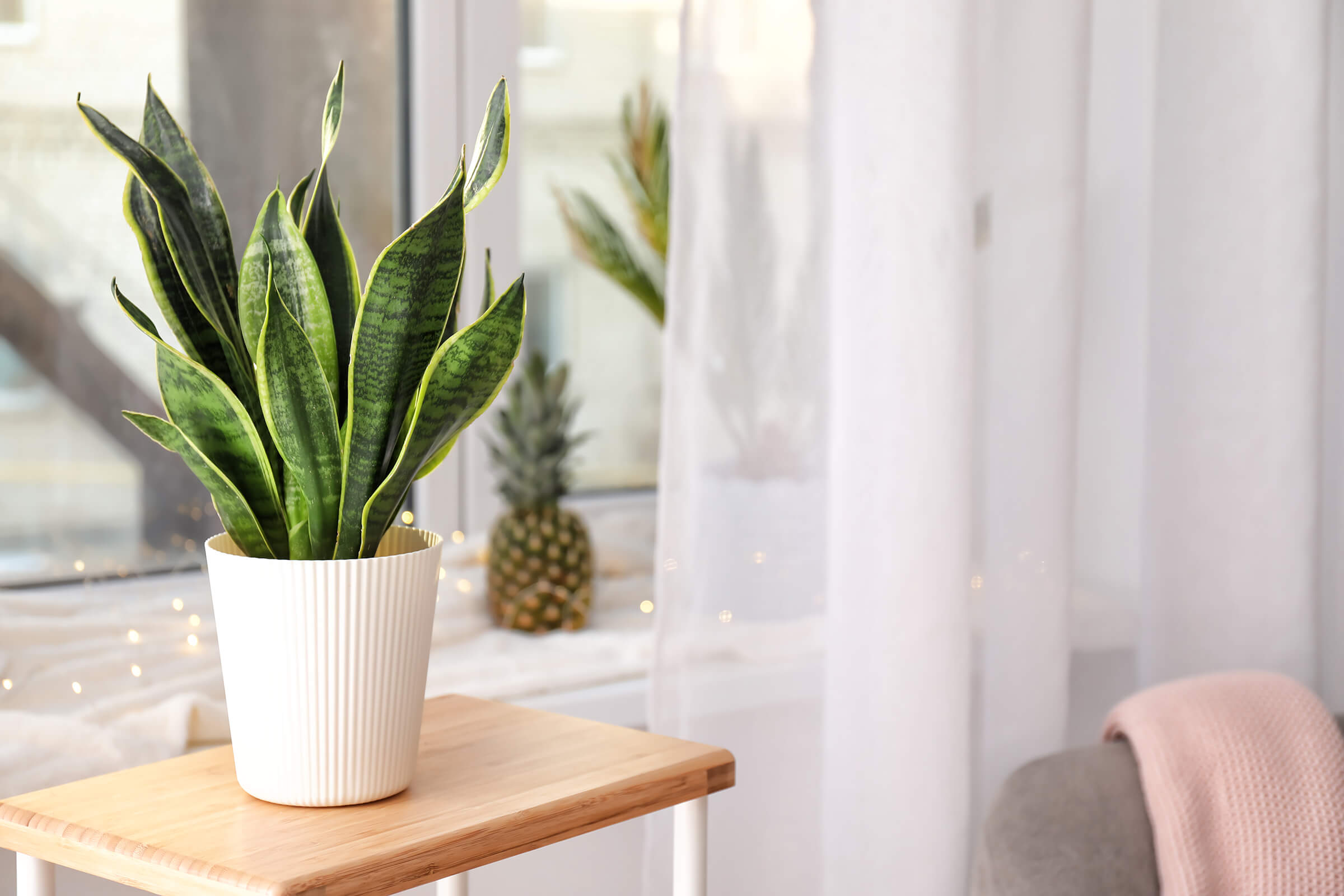
- Spider plant
The plant got its name from the way the little plants dangles, much like a spider web. Raising a pot of spider plant can be very gratifying, because they grow quickly and very easily. They also purify your air and remove harmful chemicals. Don’t worry about the brown tips either, it’s completely normal and is caused by the salt build up in the soil. - Monstera
You might have seen this guy in many interior design magazines because of its interesting appearance. With the holes in its leaves, it is no wonder that its nickname is “Swiss cheese plant”. It would turn any living area into an oasis, sitting beside your couch while you chill and relax on the weekend, giving you the tropical hotel experience right from your living room.
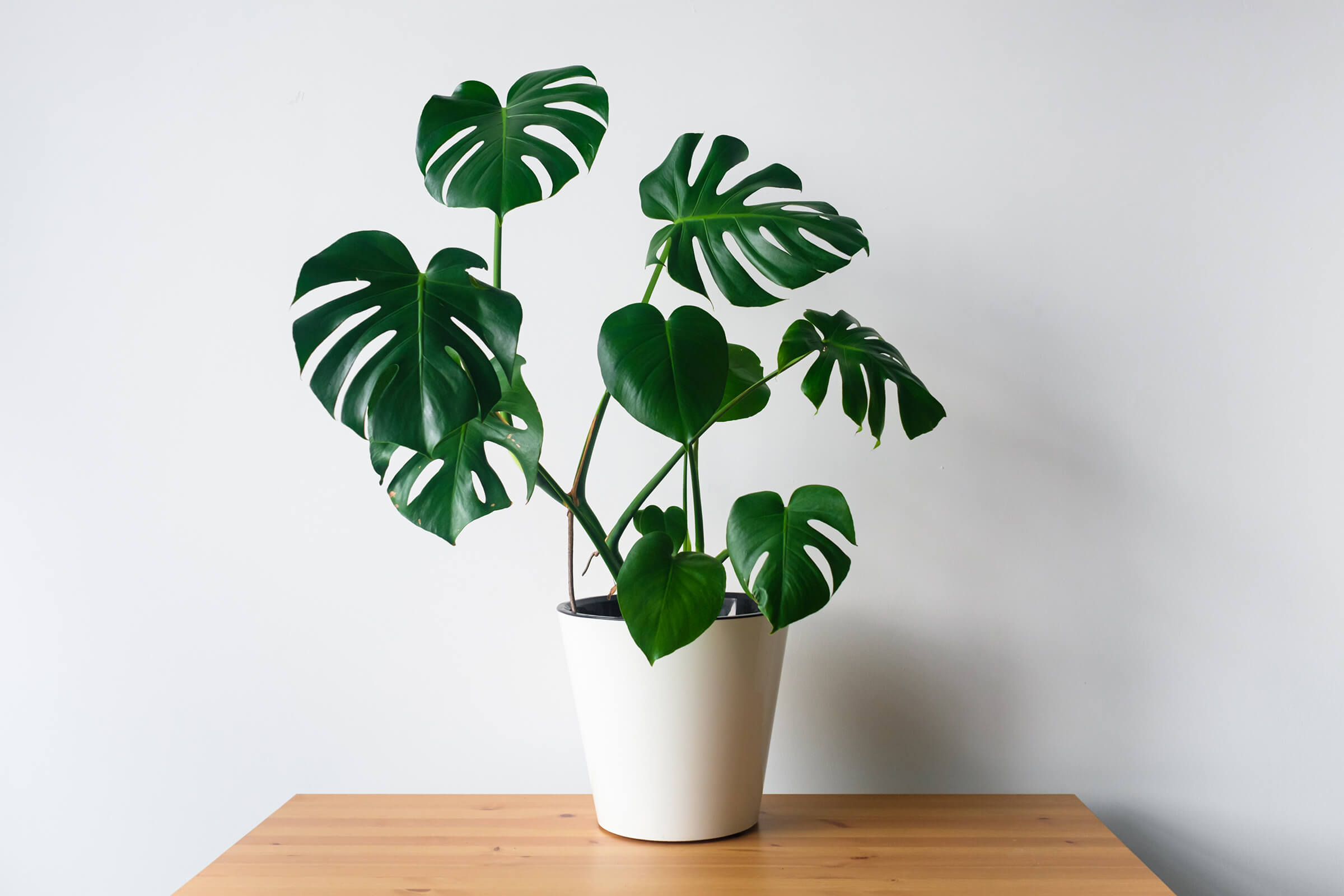
As we incorporate house plants into our homes and enjoy the benefits it brings to our lives, let us not forget the importance of trees and how they serve as the lungs to the earth. Not only do they help combat climate change by reducing carbon emissions, but they also form the life-support system of many wildlife species.
In celebration of our 3rd Anniversary, and as part of commitment to the nation’s #SGGreenPlan, Geneco is joining the #OneMillionTreesSG movement by planting 250 trees over the next 5 years. Be a part of this movement with us by joining in our giveaway in the post below and stand a chance to win a special eco-friendly lifestyle set, comprising of a tote bag, reusable water bottle, lunch box, cutlery set and win $30 Dairy Farm vouchers.
Together, let’s #PowerTheChange!
Image Credits: Nylon Coffee Roasters
Source: The Sustainability Project
References:
- 1 (2019) Climate Healers, Animal Agriculture is the Leading Cause of Climate Change – A Position Paper https://climatehealers.org/the-science/animal-agriculture-position-paper/
